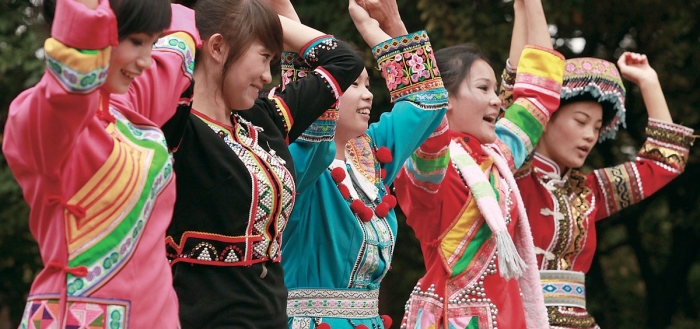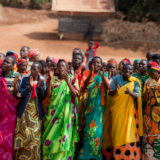Lahu people are an ethnic group in China and Southeast Asia. It is a small minority, with about 1 million Lahu people in the world. Their naming traditions are quite exotic and different from what you find in the Western world.
You can also read this article in Deutsch
Name structure
Lahu people used to have just a given name, until the Chinese government gave them family names. Today, about 90% are either named “Lee” or “Zhang“. It is no surprise that for the Lahu community these are not considered relevant.
An example of a Lahu name is Zaphe Lee, where Zaphe is the given name and Lee is the family name.
Given names
Lahu given names are made of two syllables: one that shows the gender and one that gives information on the day of birth.
In their community, days are not counted by month or date, but by the names of 12 animals, as in the zodiac: the day of the rat (fa), the ox (nu), the tiger (la), the rabbit (tho), the dragon (lo), the snake (si), the horse (mu), the sheep (yo), the monkey (mo), the chicken (wa), the dog (phe) and the pig (va). The twelve animal days represent the basic cycle of a working family.

Kuota Festival of Lahu people
Naming is also related to the twelve-day cycle. When a child is named, his or her name is decided based on the gender (Za, also transliterated as Zha or Ca, for boys and Na for girls) and the twelve zodiac days.
For example, a person born on the rat day will be named “Zafa” if he is a boy and “Nafa” if she is a girl.
This leads to 24 given names in total (12 for each gender).
Changing the given name to cure illness
Lahu believe that the name influences one’s destiny and life path, so it can be changed in order to also change his or her luck.
If the child falls ill, he or she will be renamed. This time the naming is based on the time of birth: daybreak (ti), sunrise (do), daytime (wu), sunset (phe) or midnight (qo). So the names can look like Zado, Zaphe for boys and Nado, Naphe for girls.
A third round of naming is made in case the little one’s health didn’t improve. This time he or she can be named the oldest (e, wu) or the youngest (le, qi). Examples: Zae, Zale or Nae, Naqi.
Finally, if the child is still in poor health, Zahe or Nahe can be chosen.
Children who are born on the same day as their parents, will be called Zazu or Nazu.
This sums up to 45 given names for the parents to choose from when written in Chinese. When written in the Latin alphabet, each name has various forms. (Example: Zafa, Zhafa or Cafa).
Unofficial “family” names
After two people are married, they usually combine their names. For example, when a certain Zasi marries a Naduo, their family will simply be called Zasiduo or Naduo-si.

Lahu couple
These names do not appear anywhere on official record, they are just used when referring to a certain family.
Having such a special naming system with specific rules, some might think their choices are limited. Although there are no huge lists of given names for the Lahu people, it might also be considered a relief. Parents don’t have to worry about trying to figure out the perfect name. They just have to wait and calculate based on the day of the birth.
Photo Sources:








